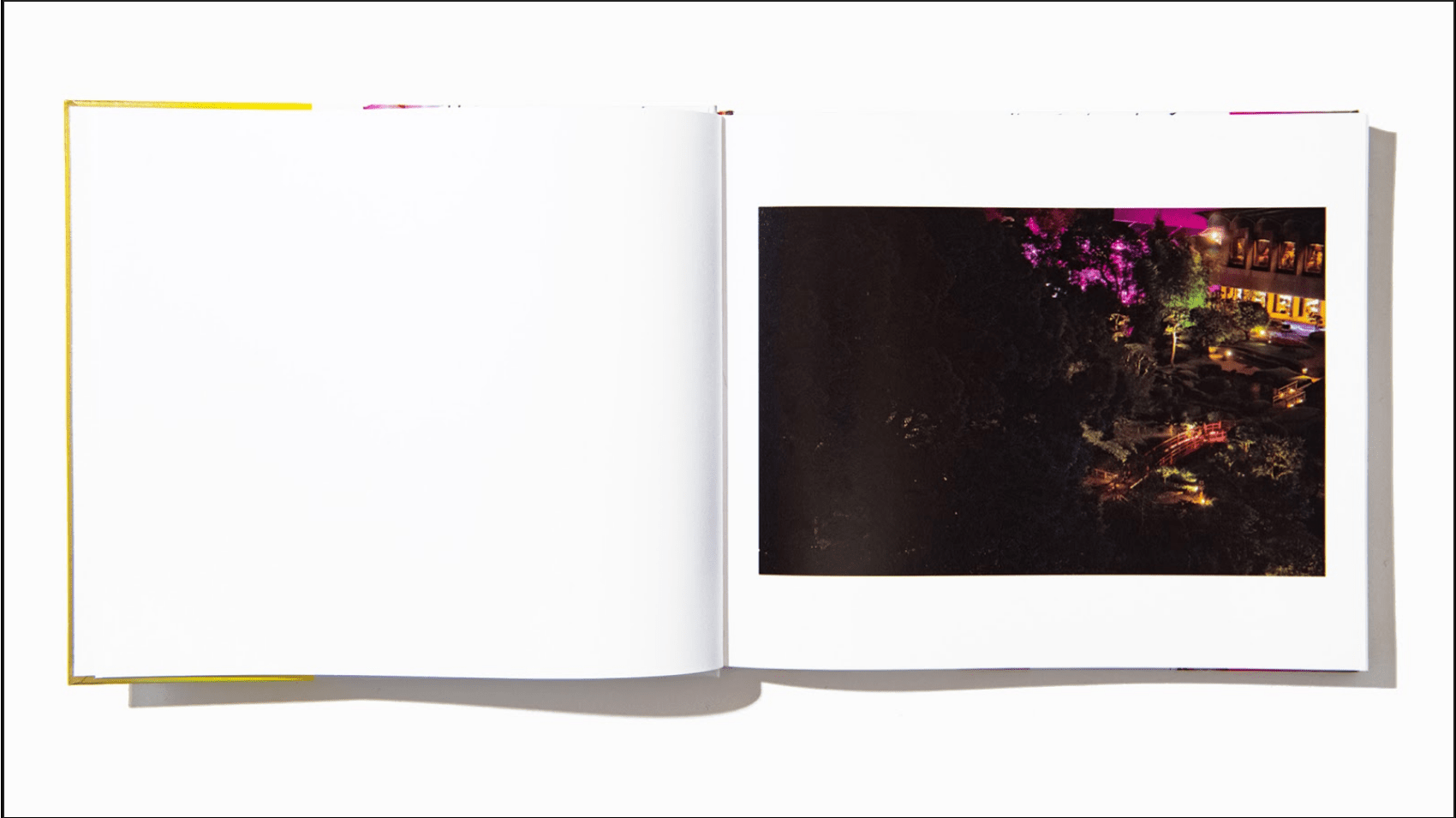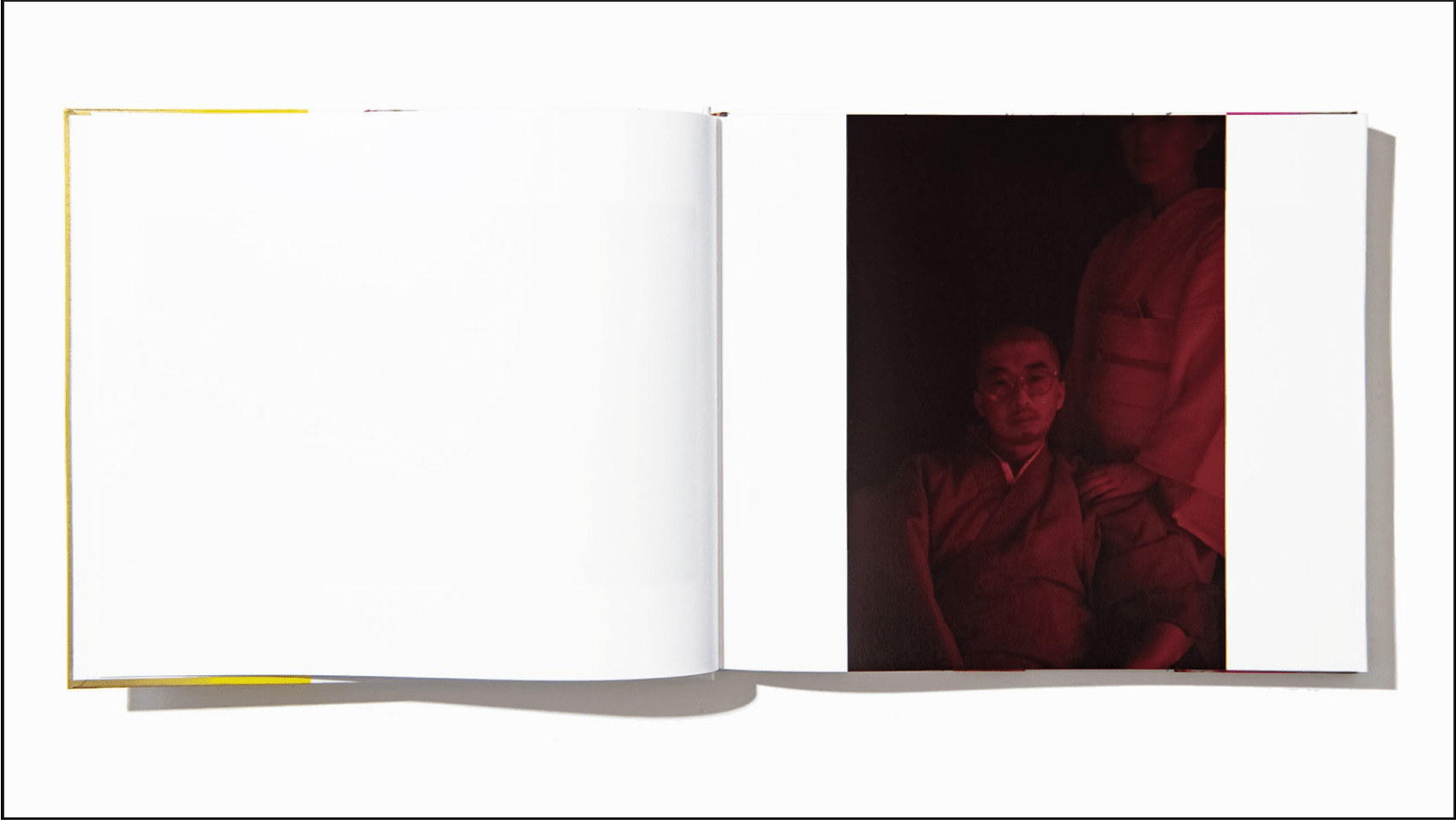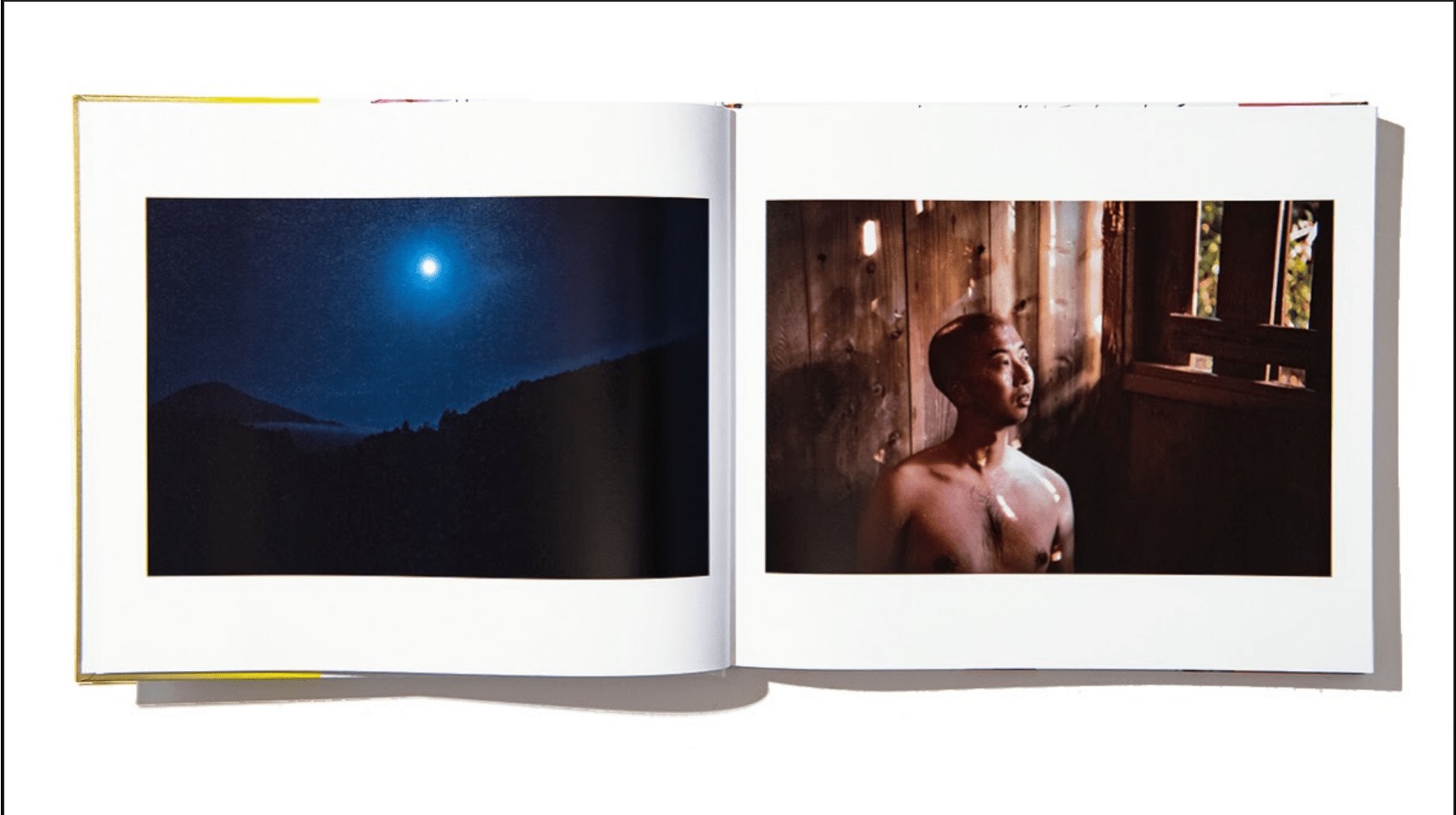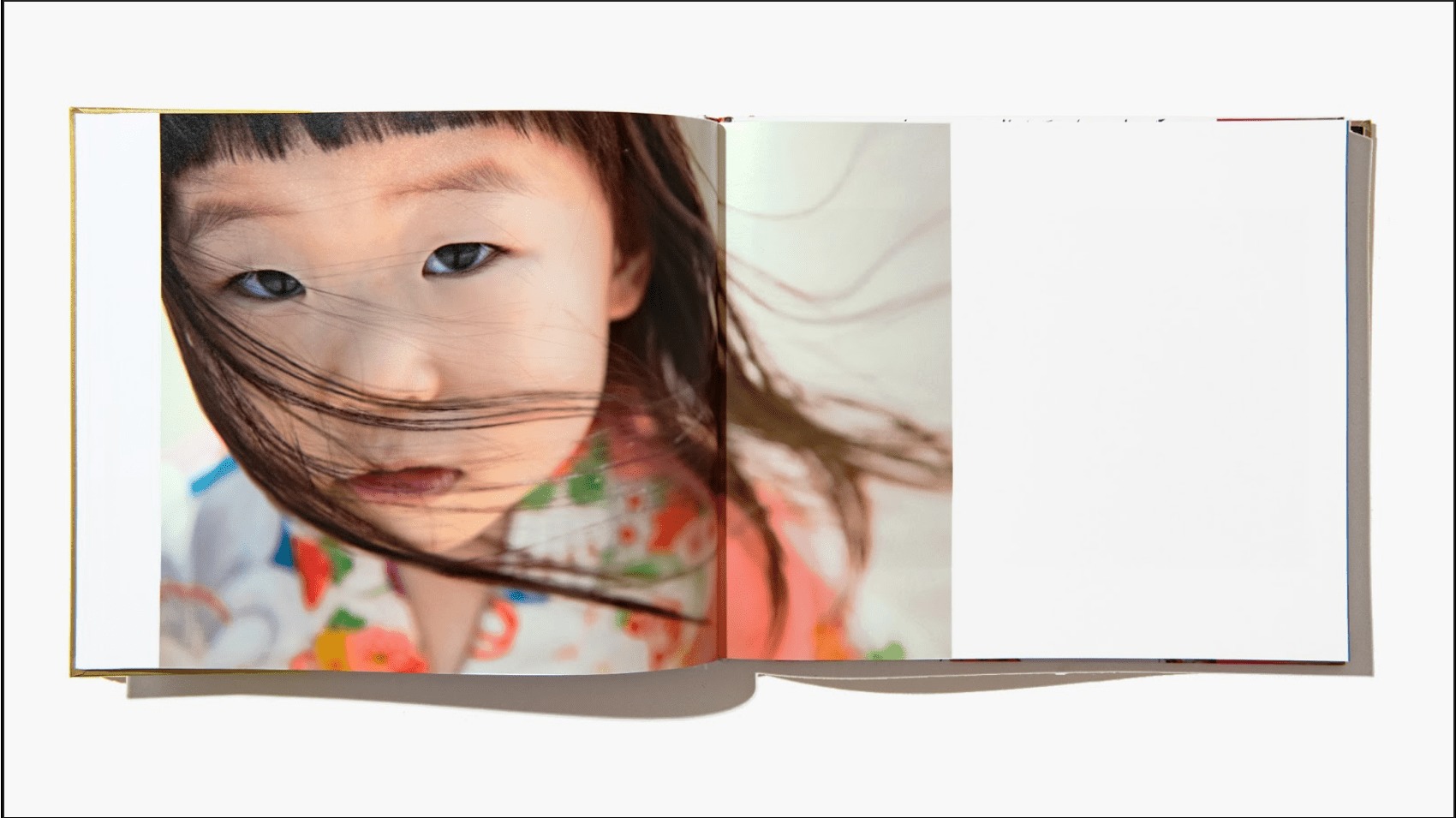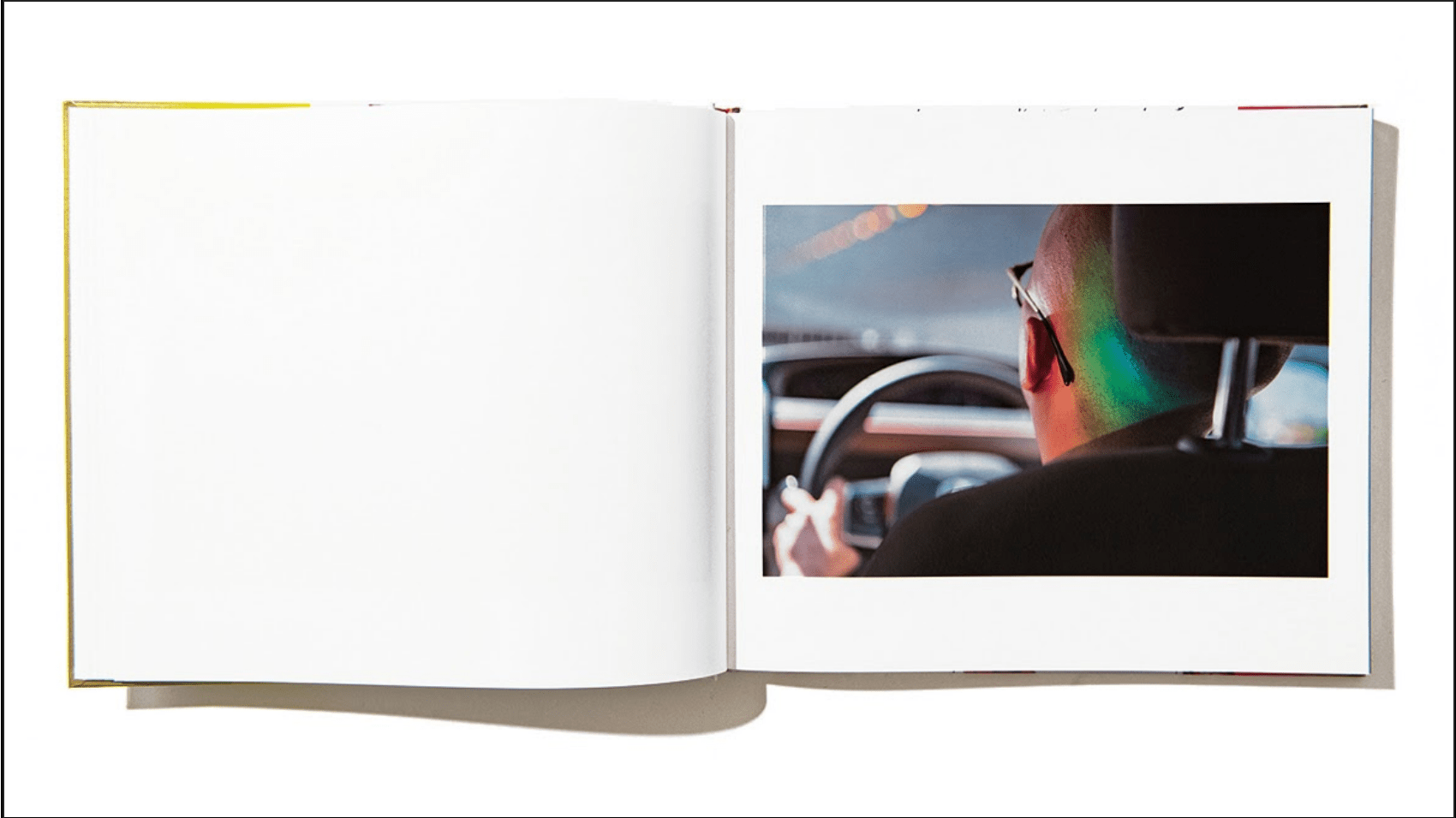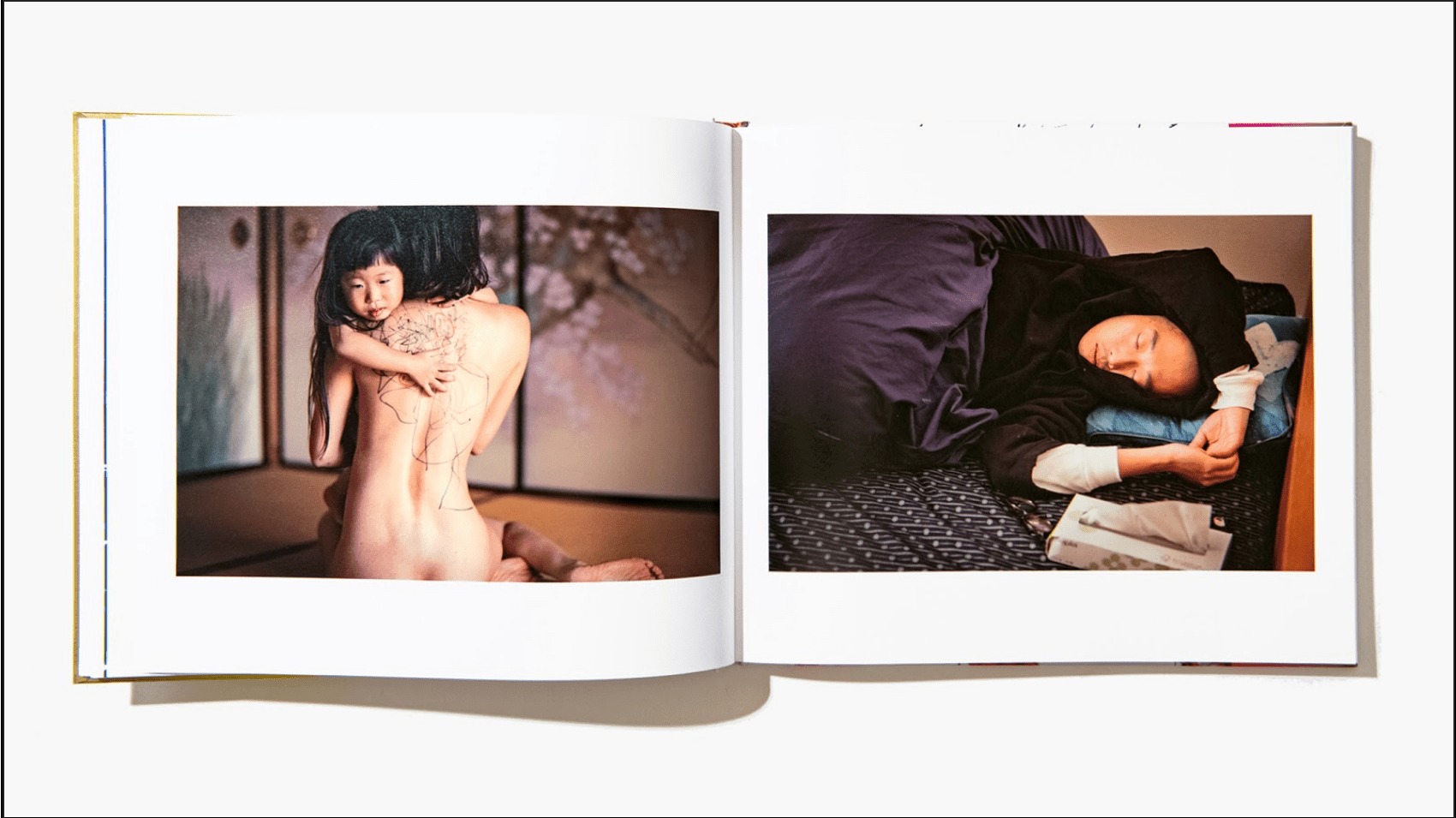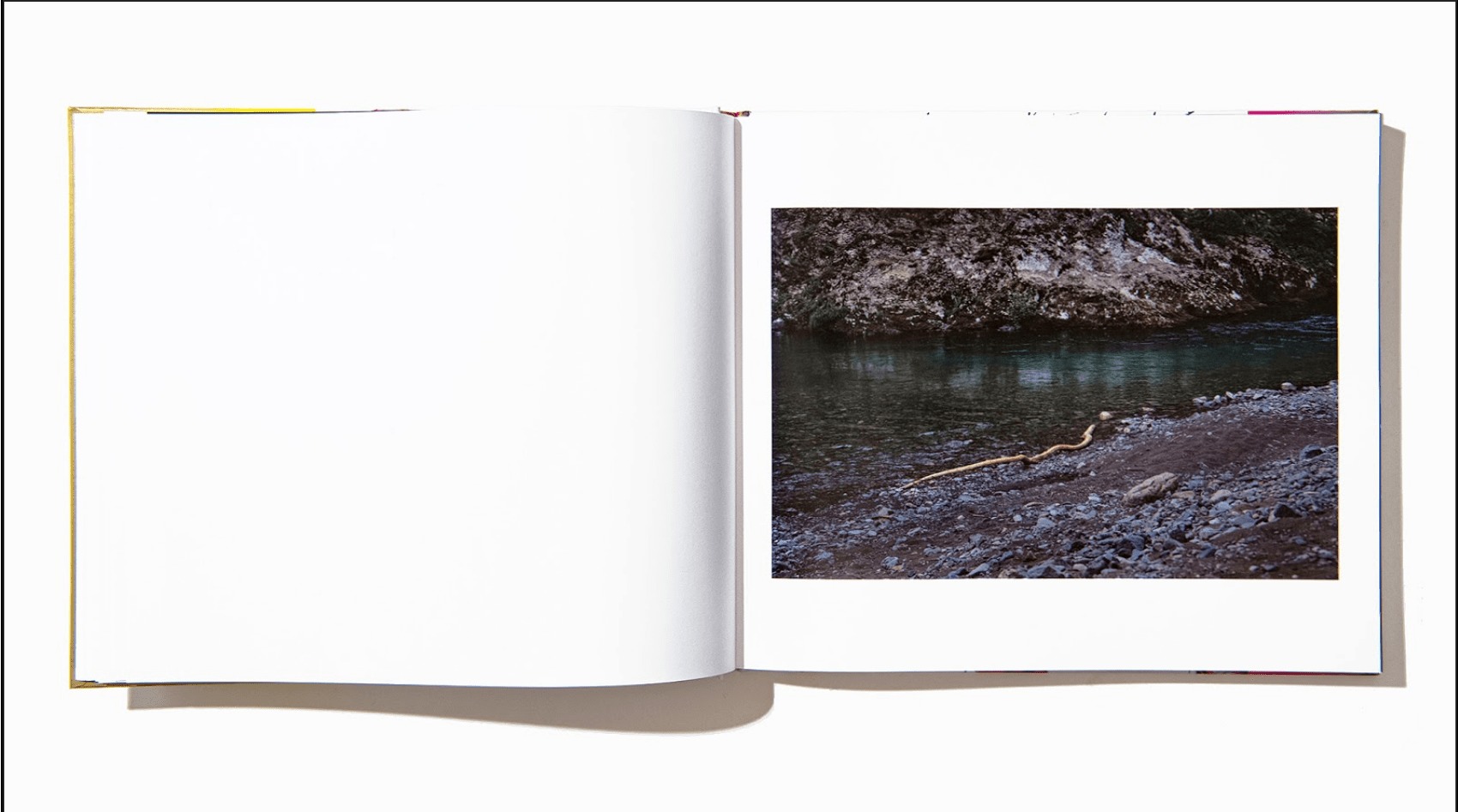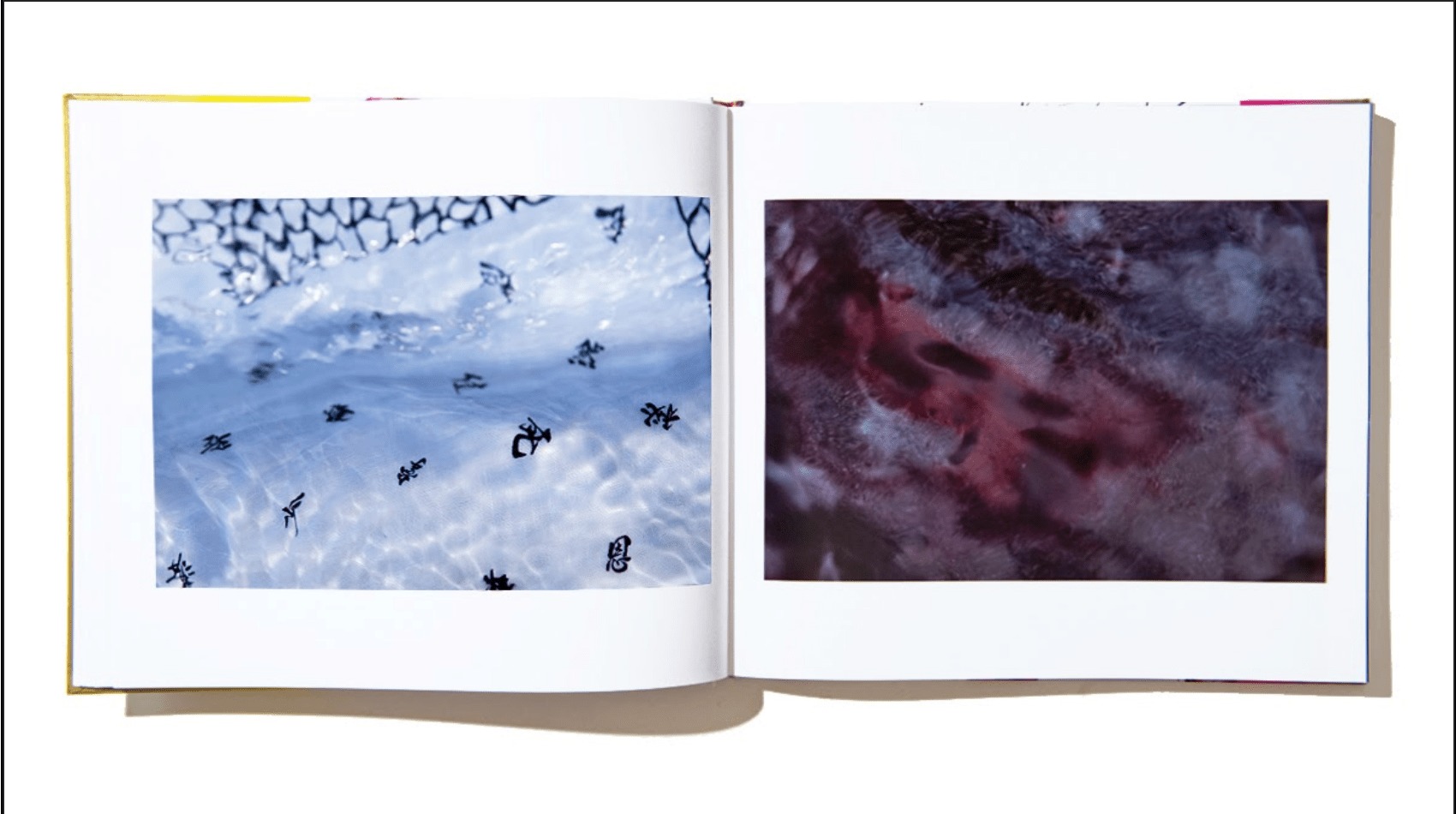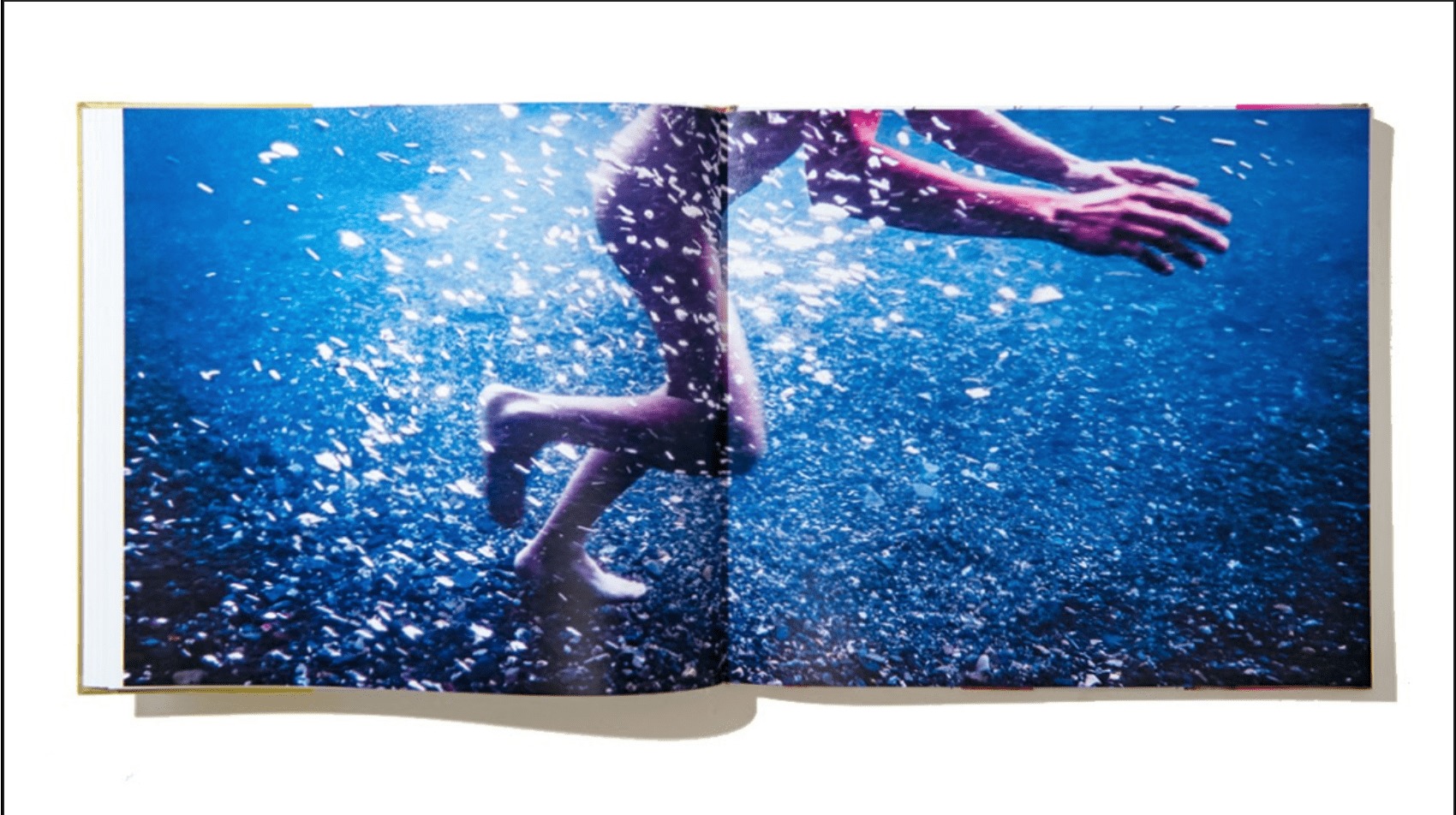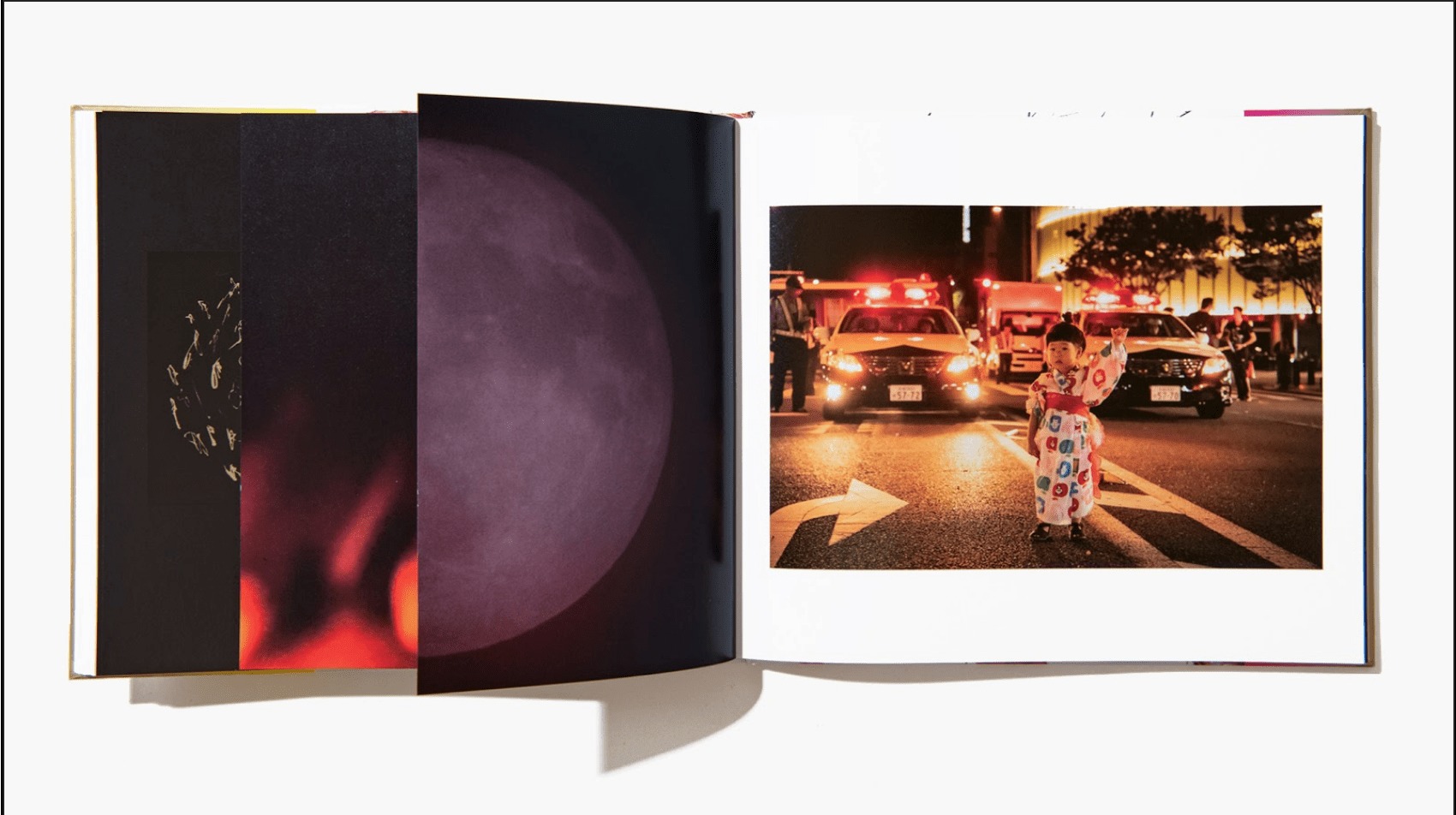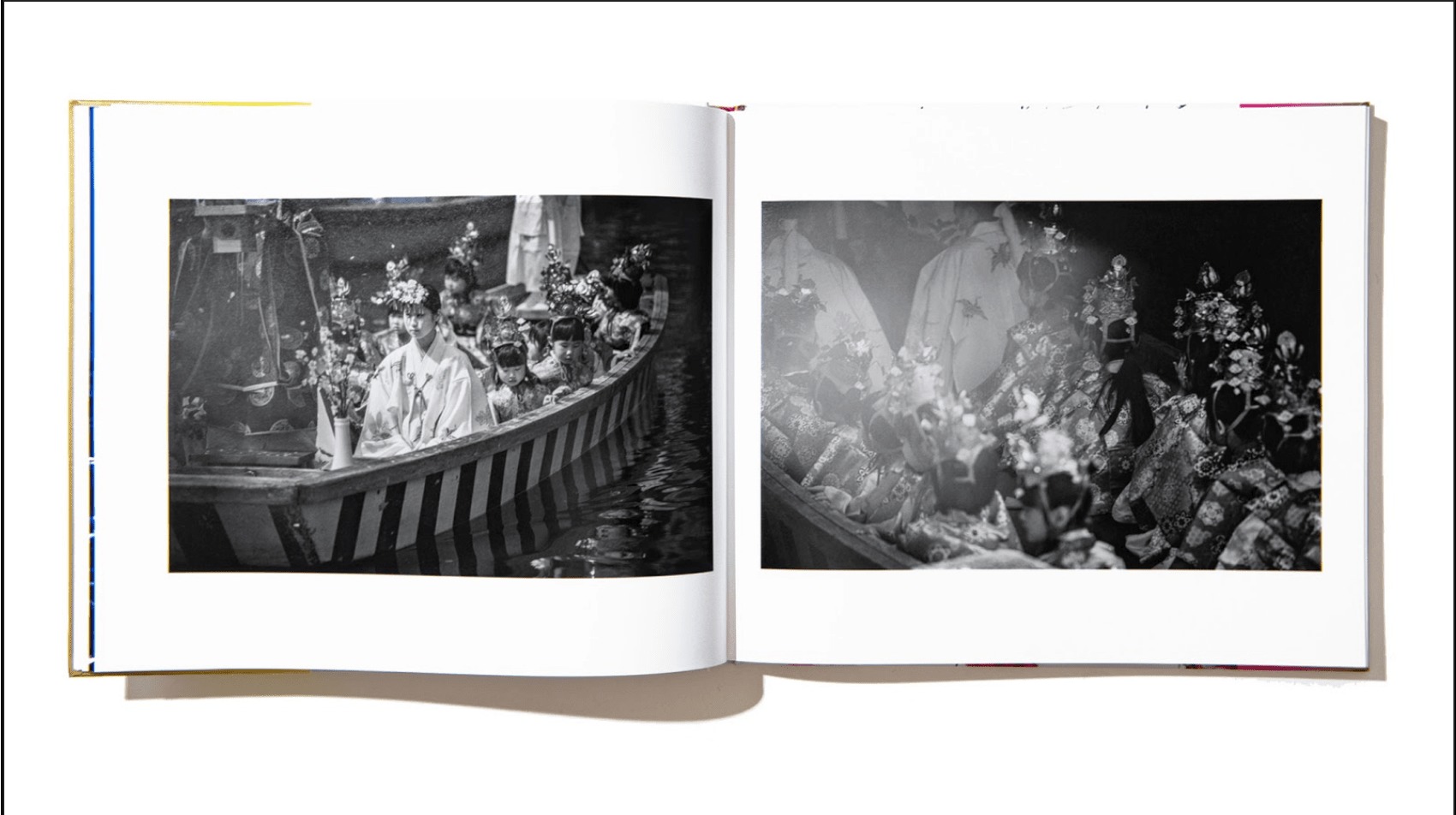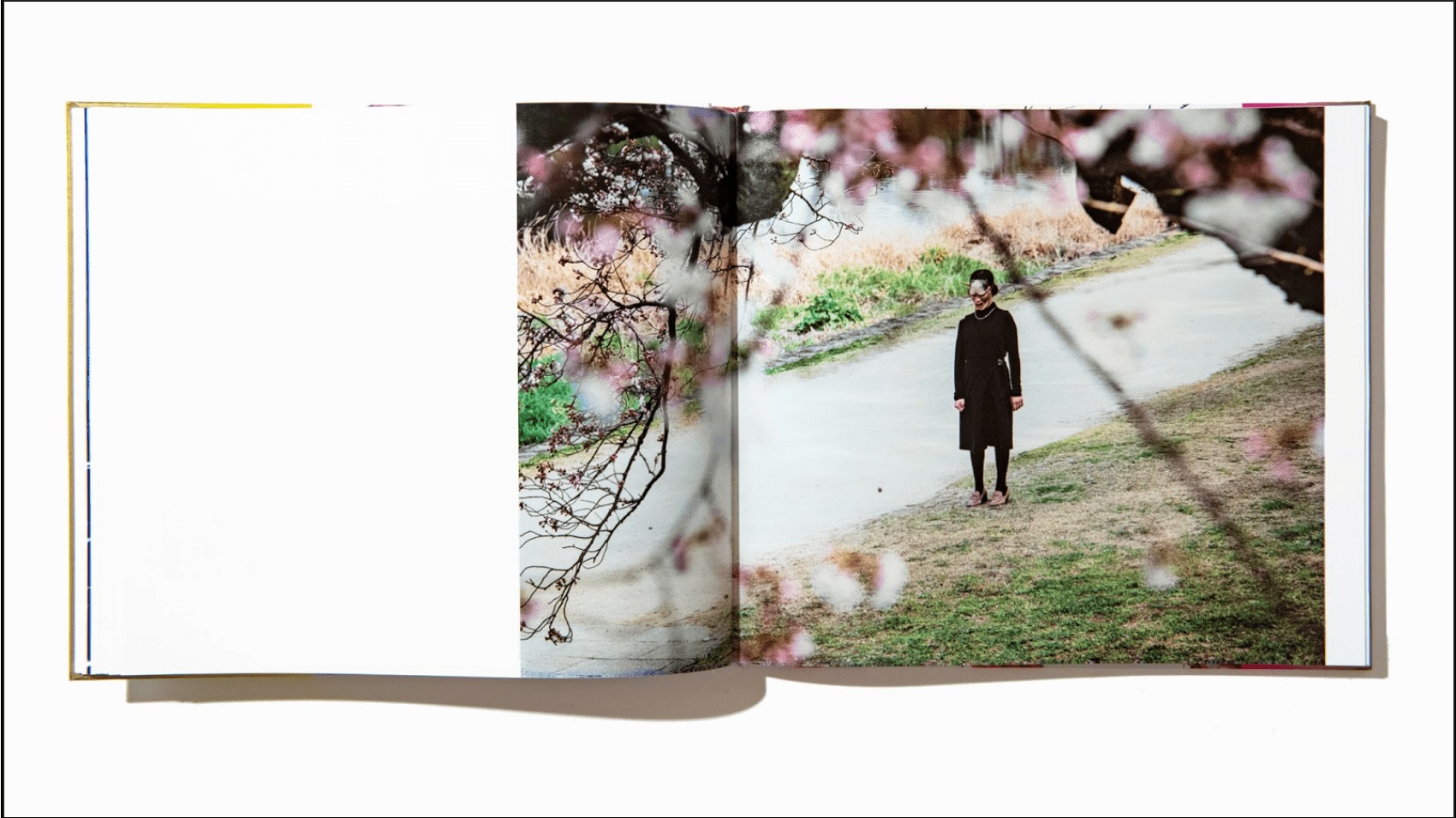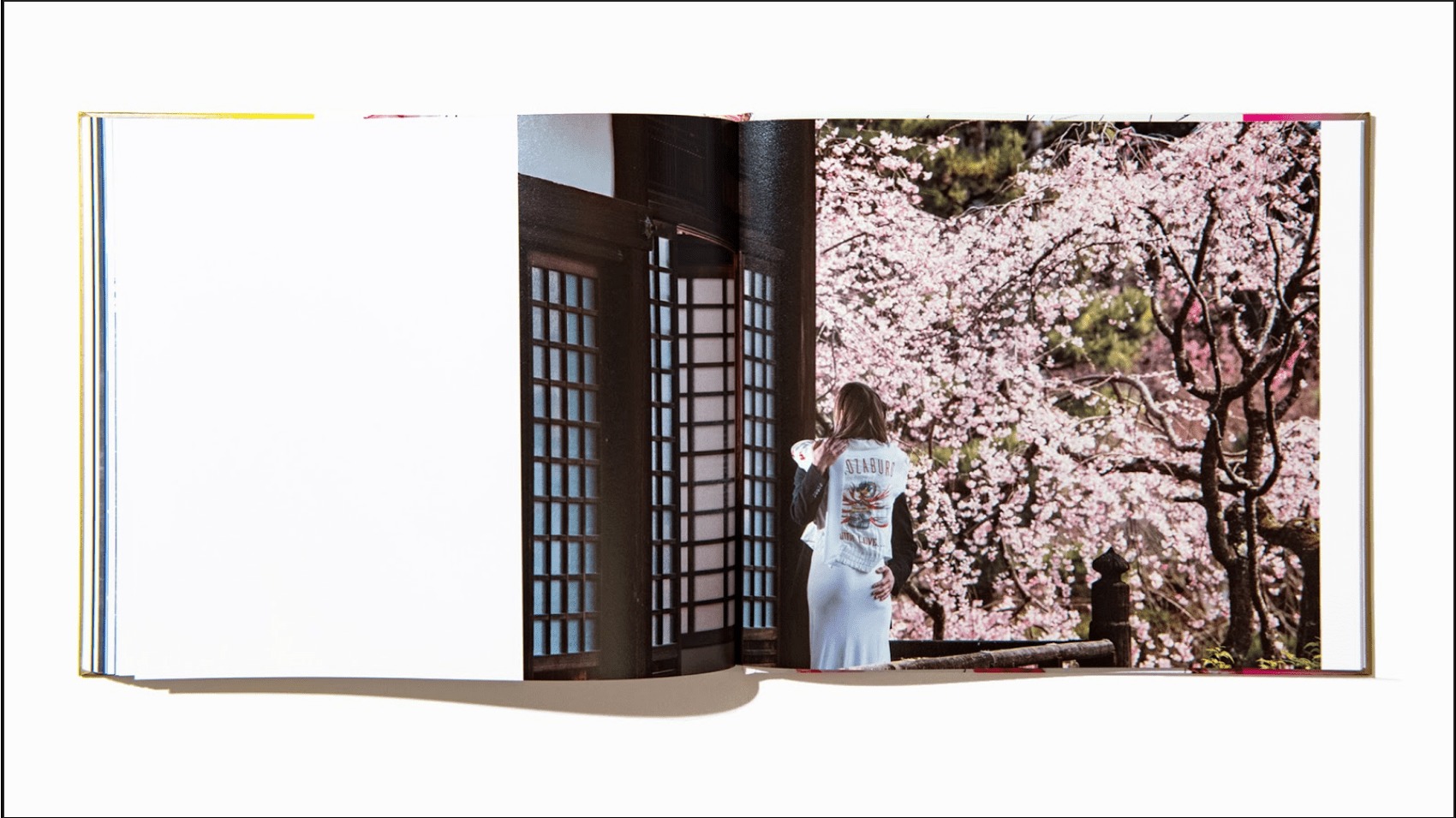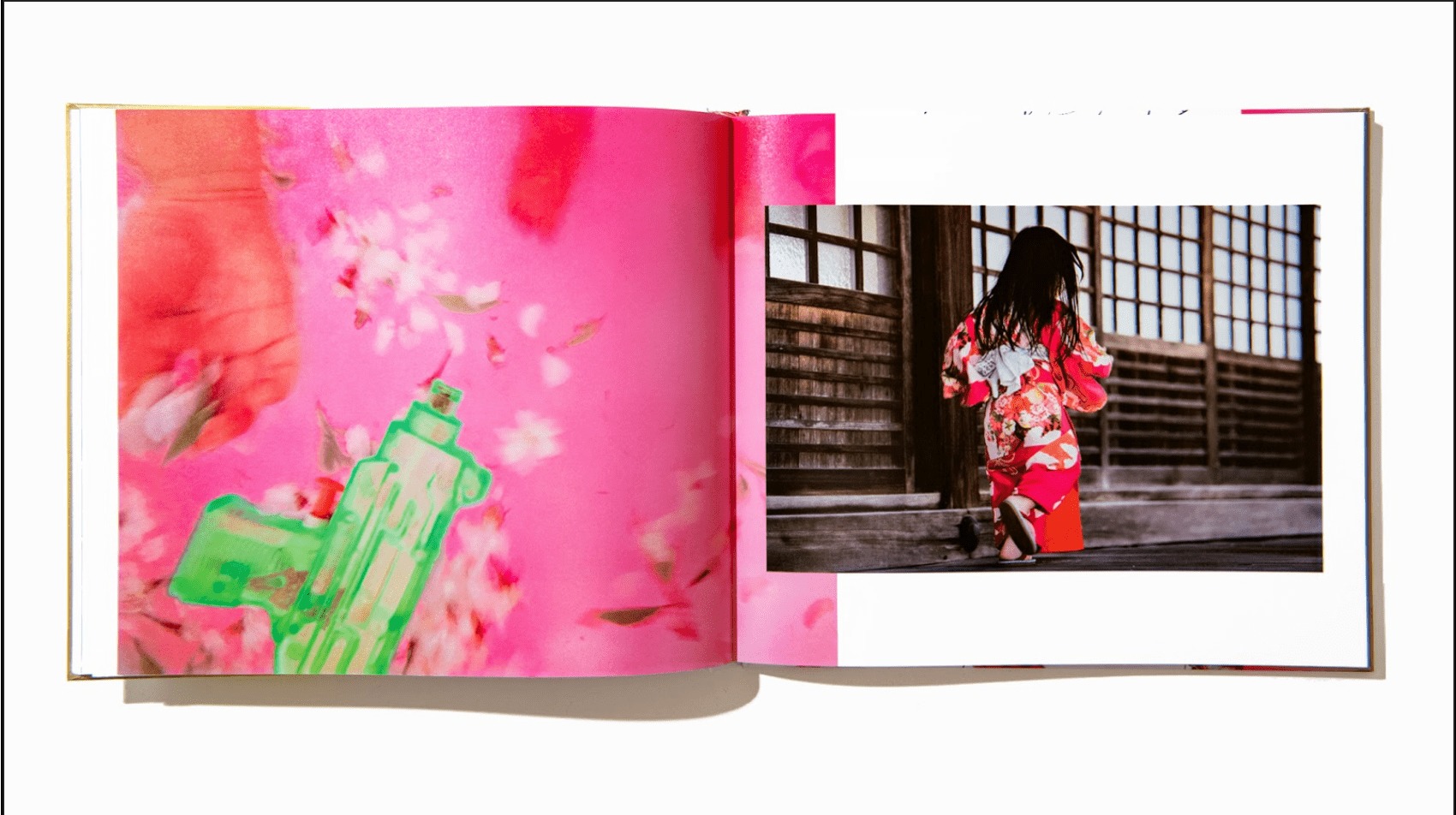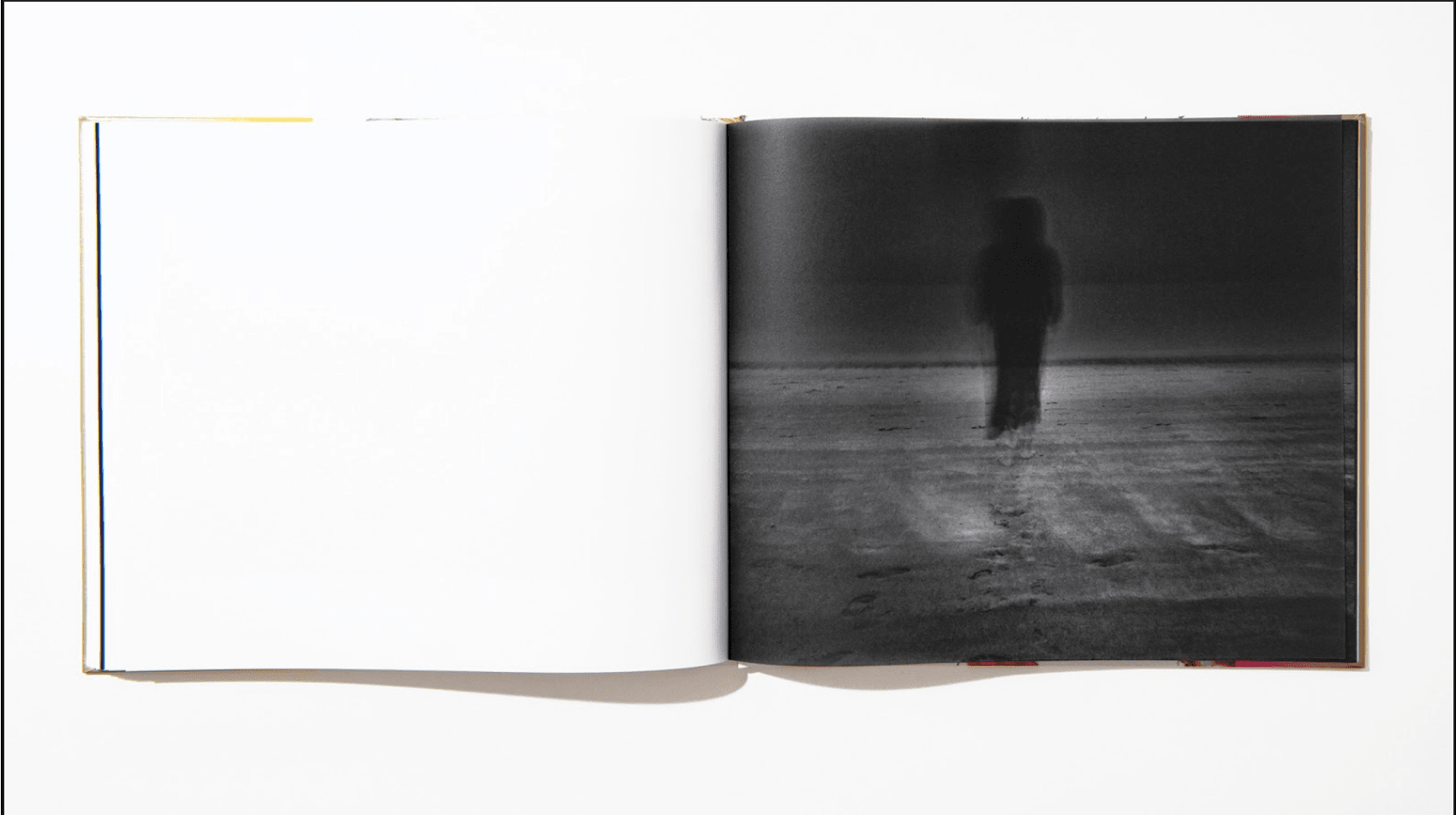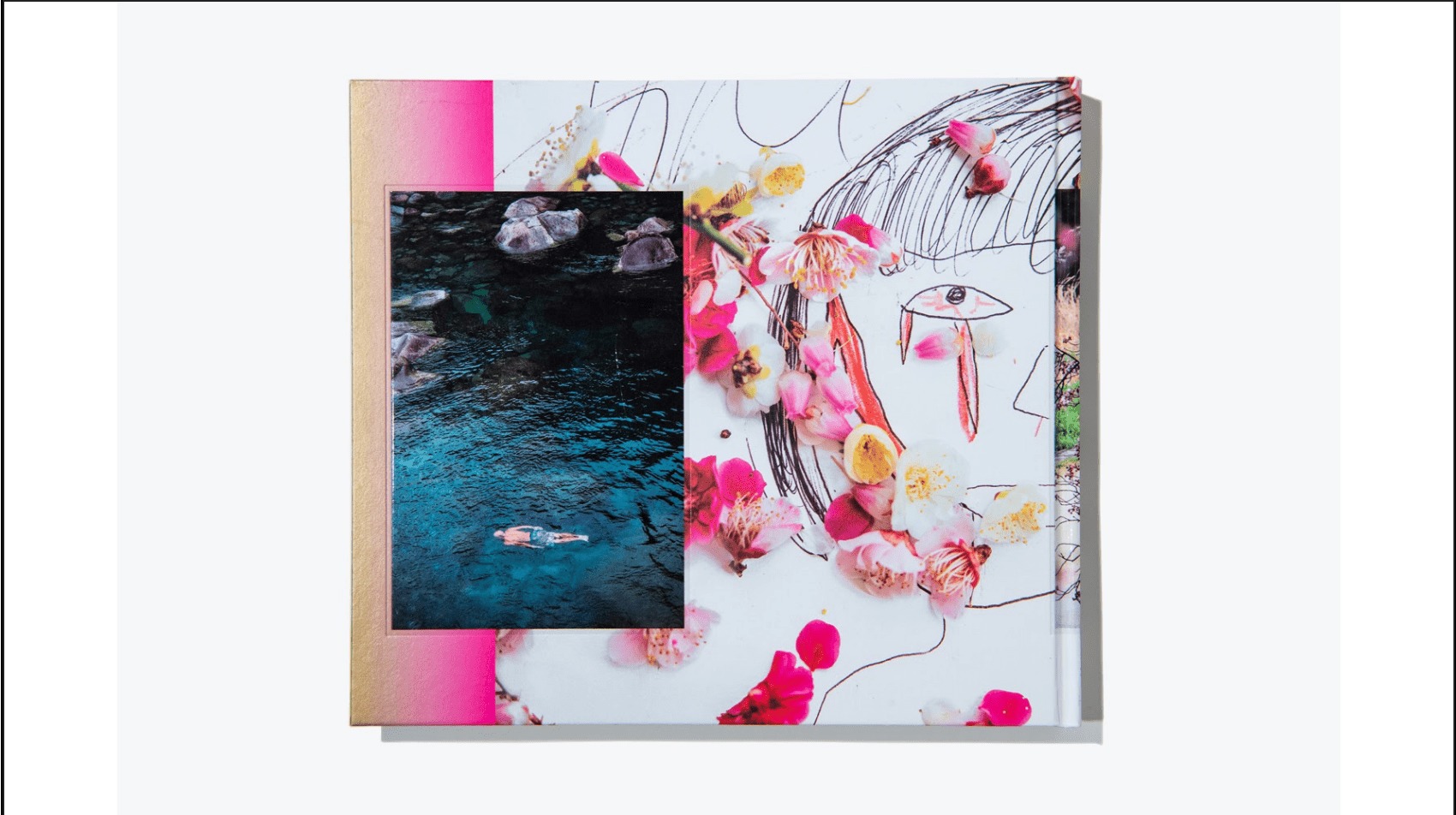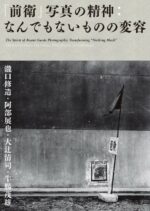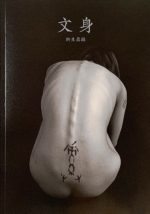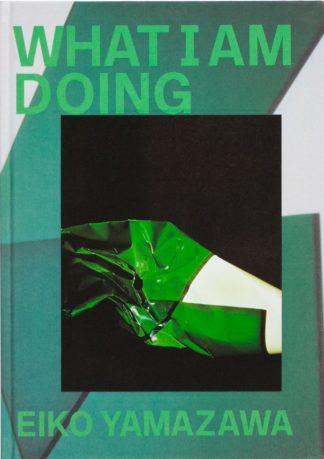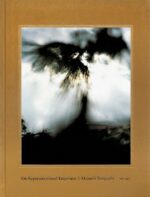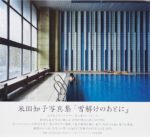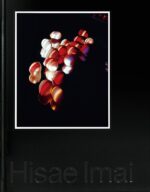La légende d’Anchin et Kiyohime est l’un des contes populaires les plus connus au Japon depuis l’Antiquité. Originaire de plus de mille ans, c’est une histoire d’amour tragique d’un moine bouddhiste. Anchin et une jeune femme, Kiyohime. Kiyohime tombe amoureuse d’Anchin, mais il la trahit et lui échappe afin de s’en tenir à sa pratique ascétique. Refusant de l’abandonner, Kiyohime poursuit le moine en fuite et se transforme en un serpent courroucé géant en cours de route.
Quand elle trouve Anchin caché dans une grande cloche du temple Dojoji, elle enroule son corps autour de la cloche. crache du feu et incinère la cloche avec Anchin.
Dévastée, Kiyohime se jette dans une rivière peu de temps après que ses yeux ophidiens aient coulé des larmes de sang.
Le prêtre du temple où cette tragédie a eu lieu ,a plus tard chanté le Sutra du Lotus en prière pour le salut de ces deux âmes, et on dit qu’elles sont toutes les deux au ciel ; photos en n.b. et en couleurs.
À travers les thèmes de l’amour, de la trahison, de l’obsession et du désespoir, en plus des concepts primitifs de la vie et de la mort, le conte émane un message universel et convaincant qui séduit le public à toute période de temps. J’ai trouvé cette légende et ses suites profondément émouvantes, m’inspirant pour créer un corpus d’œuvres intitulé BELL de 2018 à 2020.
Photographier cette série était un voyage personnel qui nous a permis de nous plonger profondément dans notre vie moderne, afin de capturer une interprétation actuelle de la douleur et de la tristesse que les femmes étaient obligées de supporter ainsi que de leurs forces intérieures. À travers un dialogue interne avec la légende et une observation ouverte mais intime de ma famille et de notre vie ensemble, je me suis retrouvé aspirant à un mode de vie libre et débridé, et dans le processus j’ai aperçu de nouvelles possibilités surgissant à nos pieds. -Eriko Koga
Eriko Koga is a photographer who has shown in various solo and group exhibitions both at home and abroad.?
Her works are featured in the permanent collections of the Kiyosato Museum of Photographic Arts and Bibliothèque nationale de France.
Photobooks by Koga include Asakusa Zenzai?(Seigensha Art Publishing, 2011), Issan (AKAAKA Art Publishing, 2015) and Tryadhvan (AKAAKA Art Publishing, 2016).
Koga has received numerous awards, notably the Photo Documentary Nippon Award in 2004, the Photo City Sagamihara Festival’s Newcomer Award in 2012, the KG + Award in 2015 and the Prix Virginia’s Jury’s Choice prize in 2018.
Born in Fukuoka in 1980, Koga graduated from the Department of French Literature in Sophia University. In 2002, she attended the 20th annual photography workshop Corpus.Koga currently lives in Kyoto with her family.
The legend of Anchin and Kiyohime is one of the most widely known folktales in Japan since the ancient times, Originated over a thousand years ago, it is a tragic love story of a Buddhist monk. Anchin, and a young woman, Kiyohime. Kiyohime falls in love with Anchin, but he betrays and evades her in order to stick to his ascetic practice. Refusing to lot go of him, Kiyohime chases after the fleeing monk, and transforms into a giant wrathful serpent along the way.
When she finds Anchin hiding inside a large bell at Dojoji temple, she wraps her body around the bell. Spits fire, and incinerates the bell along with Anchin.
Devastated, Kiyohime throws herself into a river not long after her ophidian eyes streamed tears of blood.
The priest of the temple where this tragedy took place later chanted the Lotus Sutra in prayer for the salvation of these two souls, and it is told that they are both in heaven.
Through the themes of love, betrayal, obsession and despair, on top of the primal concepts of life and death, the tale emanates a compelling, universal message that appeals to audiences in any period of time. I found this legend and its sequels to be deeply moving, inspiring me to create a body of work titled


